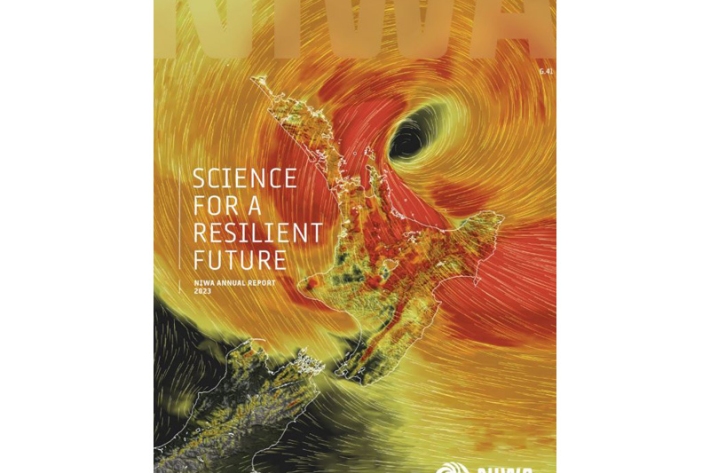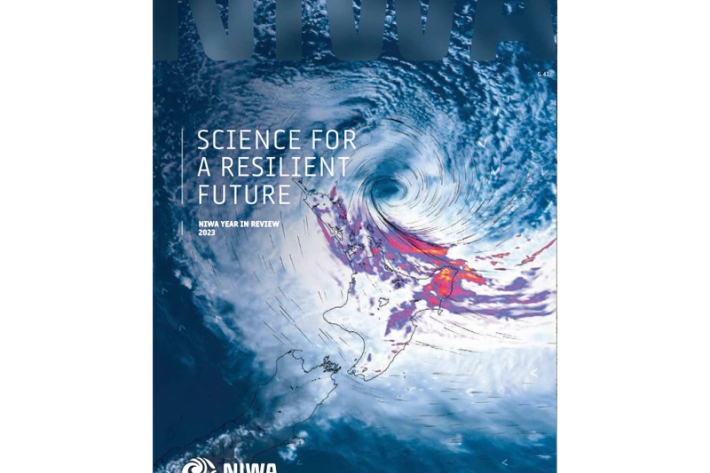-
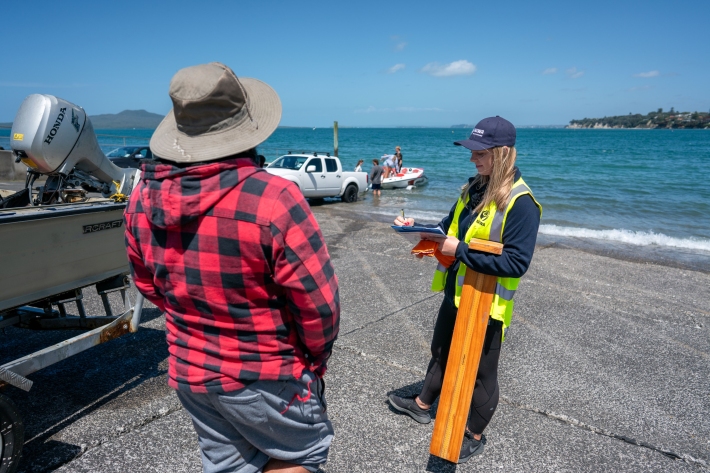
Boat ramp surveys boost knowledge of recreational fishery
Media release03 January 2024NIWA gathers information about fishing practices and the catch of an estimated 600,000 people who participate in recreational fishing every year. -
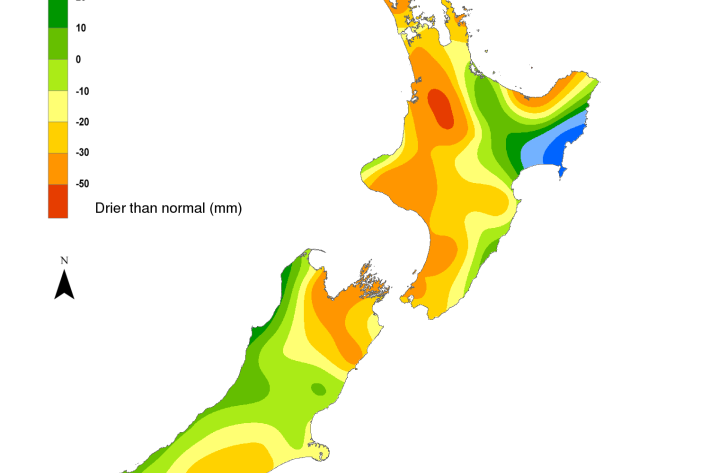
Hotspot Watch 20 December 2023
Hotspot21 December 2023This is the last Hotspot Watch for 2023. Normal service will resume on 11th Jan 2024. -
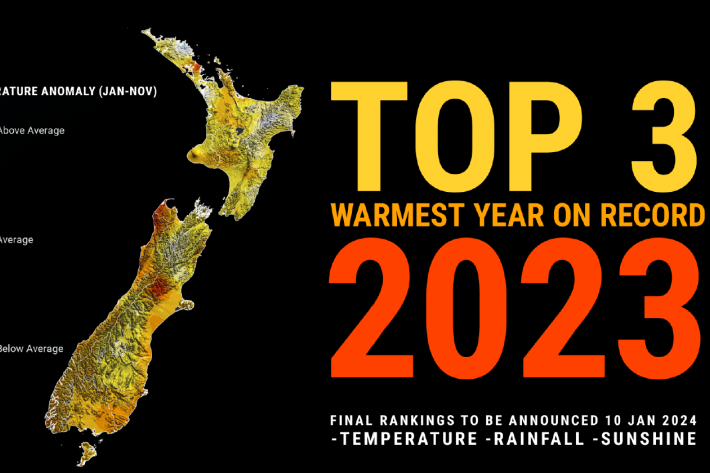
Hot stuff for 2023 and Christmas forecast
Media release21 December 20232023 is tracking to be one of the top three hottest years on record for Aotearoa New Zealand. -

NIWA Biodiversity Memoir 136 - The Marine Biota of Aotearoa NZ
New Zealand’s marine biodiversity checklist has been updated, representing an increase of 3,630 known living species since the turn of the century. -

Hotspot Watch 15 December 2023
Hotspot15 December 2023A weekly update describing soil moisture patterns across the country to show where dry to extremely dry conditions are occurring or imminent. -
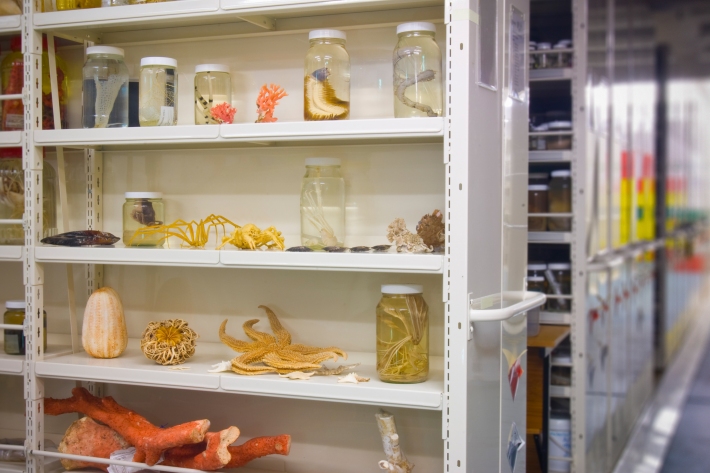
NIWA Invertebrate Collection Database on OBIS
NIWA Invertebrate Collection database on OBIS -
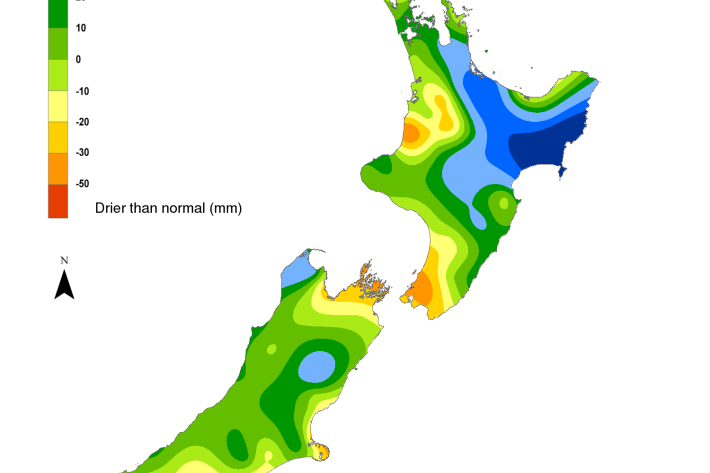
Hotspot Watch 8 December 2023
Hotspot08 December 2023A weekly update describing soil moisture patterns across the country to show where dry to extremely dry conditions are occurring or imminent. -

Learning Support #4: Applying the learning - reimagining the town’s response
Education ResourceRethinking the way we adapt to climate change and flooding. -
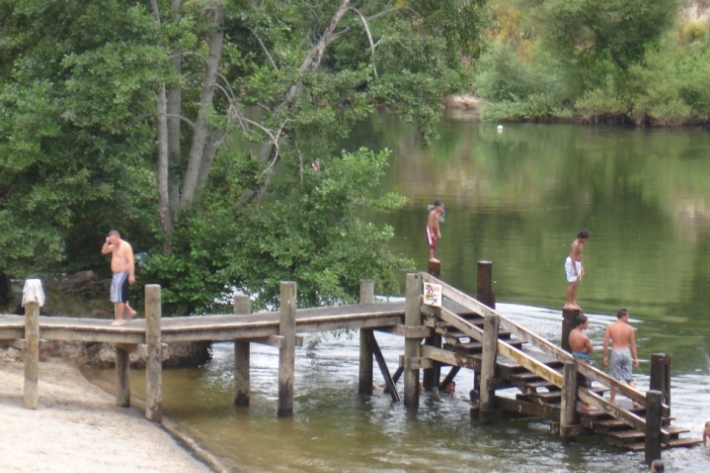
Learning support #3: Climate change and floods - values, perspectives and decision-making
Education ResourceHow does exploring different perspectives shape the decisions that are made about how we adapt to climate change?

